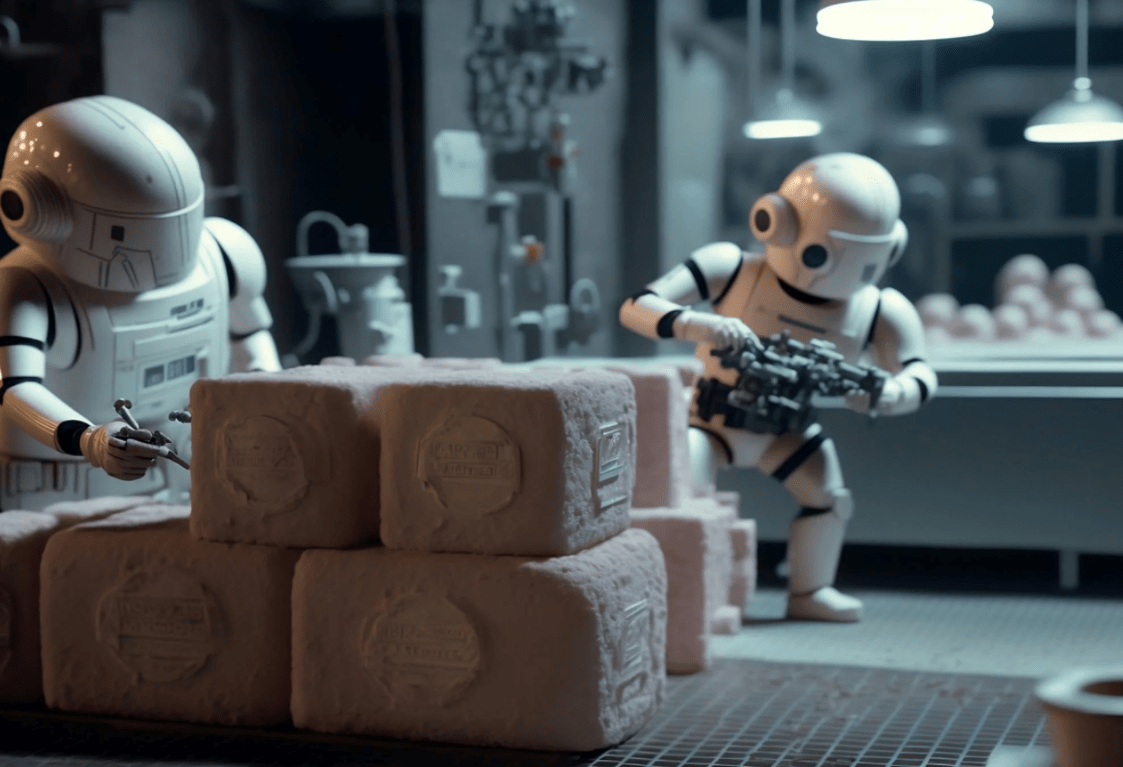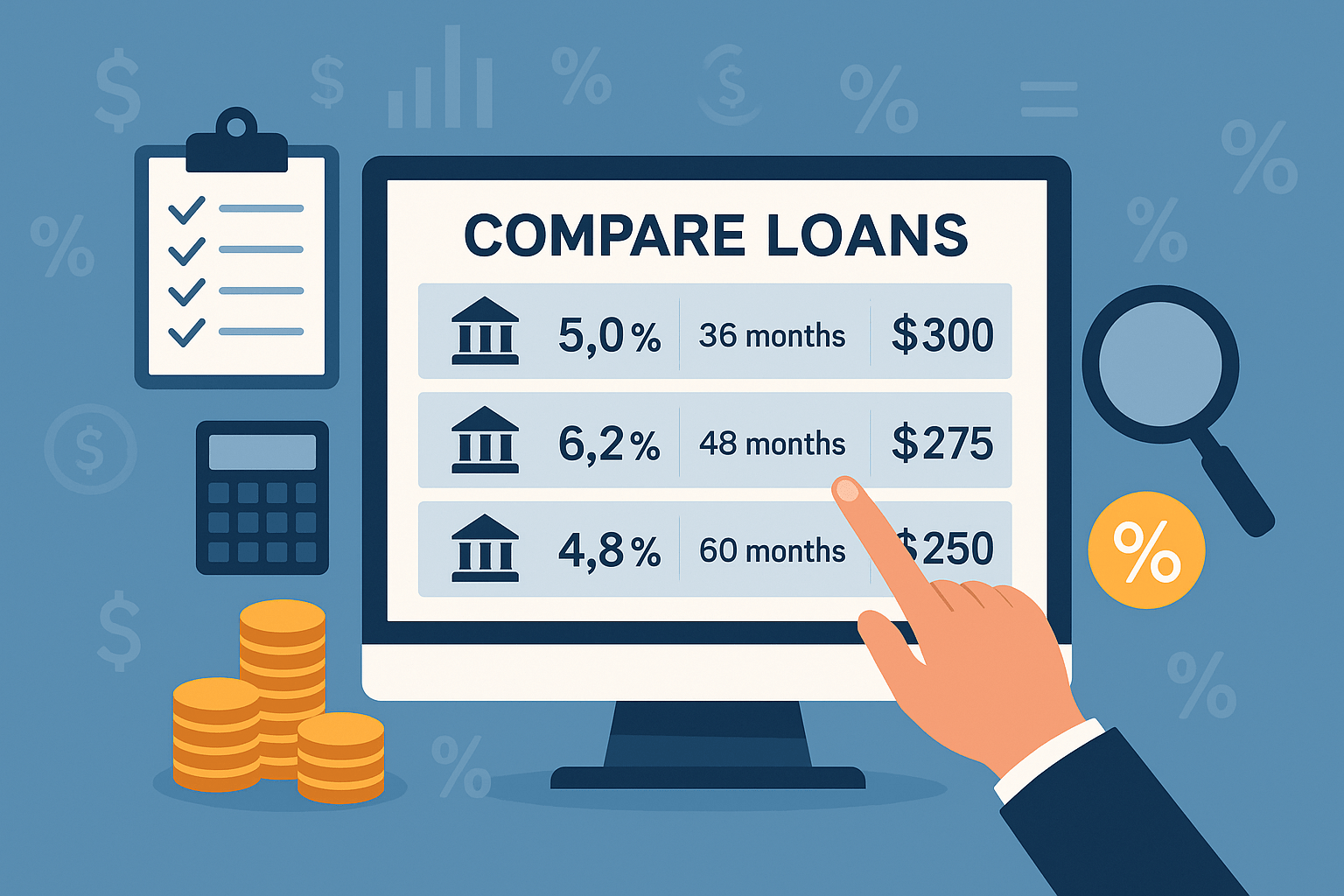Puhastusteenused are embracing artificial intelligence
The advancement of technology touches every industry, and cleaning services are no exception. In recent years, there have been significant changes in the cleaning services sector, bringing innovation at every level. Robots, artificial intelligence, and smart sensors have become the new norm, delivering efficiency and quality previously deemed unattainable.
How exactly do these innovations work, and what impact do they have on commercial property management? Let’s dive into the topic and discover how Puhastusproff is making cleaning services future-proof.
Introduction to innovations in cleaning services
Managing commercial properties is a complex and multifaceted task where outcomes play a key role. A clean and well-maintained environment not only improves employee well-being and productivity but also leaves a positive impression on clients and partners. Professional cleaning services ensure that all surfaces are impeccably clean, the air is fresh, and everything functions smoothly.
Traditional methods may be a safe choice for many, but they are increasingly ineffective. This is where innovations come into play, making property maintenance more efficient and reliable.
The need for innovation in cleaning services
Puhastusteenused – There are several reasons why cleaning services need innovation. Traditional cleaning methods can be labor-intensive and costly.
Secondly, environmental awareness and the accompanying demands are growing, making it important to find solutions that are eco-friendly and more sustainable.
Thirdly, customer expectations are evolving. Today’s customers expect fast, efficient, personalized, and high-quality services that meet their unique needs—simply sweeping with a broom is no longer sufficient. Innovation allows cleaning services to offer higher quality while increasing efficiency and reducing environmental impact.
Innovation is also driven by competition. Companies that can provide innovative and efficient solutions gain an edge and can offer better services at lower costs. This is a win-win scenario—lower costs for the customer and higher profits for the company.
Therefore, when we talk about cleaning services, we are no longer just talking about cleaning. We are talking about future technologies, efficiency, and sustainability, which are transforming the entire industry.

Cleaning services and new technologies
Cleaning services are riding a wave of innovation that is elevating cleaning tasks to an unprecedented level. The advancement of technology has brought new solutions that allow for faster, more precise, and cost-effective cleaning processes. Let’s explore how robots, smart sensors, and artificial intelligence have revolutionized the cleaning services industry.
Robots and autonomous cleaning machines
Robots and autonomous cleaning machines represent the next level in cleaning services. These devices can independently navigate and clean large areas, significantly reducing labor costs and freeing up human workers for other tasks. For example, large commercial centers, shopping malls, or office spaces benefit from autonomous floor-cleaning machines that can operate around the clock, ensuring that surfaces are always clean. Autonomous machines can be programmed for both dry and wet cleaning as needed.
Autonomous cleaning robots are equipped with advanced navigation systems that use laser and camera-based sensors to map their environment and avoid obstacles. Moreover, these machines can learn and adapt to different cleaning conditions, ensuring optimal cleaning results at all times. Innovation in this field means that companies can enjoy consistent and high-quality cleaning services, reducing the risk of human error and increasing overall efficiency.
Smart sensors and IoT
Smart sensors and the Internet of Things (IoT) have transformed how we monitor and manage cleaning services. Sensors installed in various rooms and devices enable real-time monitoring of cleaning quality and needs. For instance, cleaning service providers can install sensors that monitor dust, humidity, and other environmental parameters to ensure conditions are always under control.
IoT devices send the collected data to the cloud, where it is analyzed and processed. This allows both the client and, for example, the supervisor to gain a comprehensive overview of the work progress, identify potential problems before they become serious, and make informed decisions in planning cleaning tasks. Smart sensors and IoT technology ensure greater transparency and control over cleaning services, which in turn improves service quality and customer satisfaction.
AI and machine learning in cleaning service optimization
Artificial intelligence (AI) and machine learning are the future of cleaning services. These technologies enable the analysis of large amounts of data and make predictions that help optimize cleaning tasks. For example, AI can analyze which areas require more frequent cleaning and which do not, optimizing both time and resource usage.
AI-based solutions can also identify patterns in the cleaning process and suggest best practices for addressing them. This means that cleaning service providers can offer customized solutions that improve services for one client and also take general practices forward in service improvement.
Machine learning helps systems continuously learn and adapt, ensuring that cleaning services are always improving. AI and machine learning are not limited to optimizing cleaning tasks. These technologies can also predict maintenance needs and prevent breakdowns, ensuring uninterrupted work and reducing the risk of unexpected downtimes.
Modern cleaning service methodologies
In the cleaning services sector, innovation and technology are just one part of the bigger picture. Modern methodologies and approaches play an equally important role, offering solutions that are efficient, environmentally friendly, and adaptable to clients’ needs.
“Green” cleaning services and environmental sustainability
Green cleaning has become the cornerstone of modern cleaning services. Eco-friendly solutions are important not only for protecting the planet but also for ensuring the health of clients and employees.
Green cleaning involves using environmentally friendly cleaning products and methods that reduce the amount of harmful chemicals and waste. For example, biodegradable cleaning agents are used that are effective at removing dirt and stains but do not harm the environment or human health.
In addition to replacing chemical cleaning agents with environmentally friendly alternatives, green cleaning methods also use more efficient techniques and equipment that consume less water and energy.
Many cleaning service providers have also implemented waste sorting and recycling practices, helping to reduce the amount of waste sent to landfills, or at least ensuring it arrives sorted, which is more sustainable for the next stage in the chain.
Effective cleaning methods and technologies
Efficiency is key to the success of cleaning services. One of the most important innovations is the use of microfiber technology, which can remove dirt and microorganisms without the use of chemicals. Microfiber cloths and mops are effective and durable, reducing the amount of cleaning products and water used.
Another important technology for enhancing efficiency is electrostatic cleaning, which uses positively charged particles to attract dust and dirt from negatively charged surfaces. This method is particularly effective for large areas and hard-to-reach places, ensuring thorough cleaning more quickly and with less effort.
Effective cleaning methods are not limited to the use of new technologies but also include optimizing work processes. For example, many cleaning service providers have adopted just-in-time (JIT) methods, ensuring that all necessary resources are in the right place at the right time, reducing waste and increasing productivity.
Successful examples of innovation in cleaning services
Practical examples and case studies are the best way to illustrate how innovation has transformed the cleaning services sector—let’s look at some successful projects and experiences in commercial property management.
Successful innovation projects in cleaning services
One of the most notable projects is the collaboration between the international hotel chain Marriott and a cleaning robot manufacturer. Marriott tested autonomous floor-cleaning robots in several of its hotels worldwide. The project highlighted significant labor savings and improved cleaning results. The robots could work around the clock, keeping corridors and common areas constantly clean. Additionally, the data generated by the robots allowed the optimization of cleaning schedules and maintenance needs, improving the efficiency of the entire process.
Another noteworthy project comes from the airport sector. Heathrow Airport in London implemented smart sensors and IoT technology to monitor passenger movement and determine which areas needed cleaning. Sensors collected data in real-time and sent it to cleaning teams, who could respond quickly and maintain high cleanliness standards even in the busiest areas. This system significantly reduced cleaning costs and improved passenger satisfaction.
Office space experiences
In the commercial property sector, there are also several successful examples of how innovation has transformed cleaning services. For instance, a high-rise building in New York City, home to several well-known technology companies, implemented green cleaning methodologies and electrostatic cleaning. This approach improved indoor air quality and reduced the use of chemicals and energy consumption. The result was a healthier work environment and significant savings in utility costs.
Another example comes from Silicon Valley, where a large tech company implemented AI-based cleaning solutions in its headquarters. The AI system analyzed employee movement and automatically set cleaning priorities. This system improved the cleanliness of workspaces and allowed cleaning teams to focus on areas that needed specific attention, while also reducing overall workload and costs.
Cleaning services continue to innovate
The future of cleaning services is full of exciting possibilities that will continue to transform the sector. Ever-evolving technologies and innovative approaches promise to further improve service quality, efficiency, and sustainability.
One of the most promising future trends is the enhanced use of robots and autonomous systems. In the future, cleaning robots will be even more intelligent and capable, able to independently adapt to different cleaning conditions. For example, future robots could detect and remove even the finest dust particles, ensuring a level of cleanliness that is currently unattainable.
Similarly, the service could see the introduction of humanoid robots, capable of performing all the tasks that humans do. However, it will take some time before such technology is widely used and affordable for many companies.
In addition to robots, artificial intelligence (AI) will continue to play a significant role in optimizing cleaning services. AI-based systems will be able to analyze vast amounts of data and make accurate predictions that help optimize cleaning schedules, resource usage, and maintenance needs. For example, future smart sensors may be able to detect not only dust and dirt but also airborne bacteria and viruses, providing even more thorough cleaning and increasing health safety.
Environmental sustainability will also remain a key focus. Future cleaning services will place even greater emphasis on green solutions, using advanced biodegradable cleaning agents and energy-efficient equipment.
Conclusion
In conclusion, it is important today to be aware of new possibilities both as a client and as a service provider, because without these solutions, many resources will be wasted, and competitive advantages will be missed.
If you want to know what solutions Puhastusproff could put together for your property, get in touch with our team!



